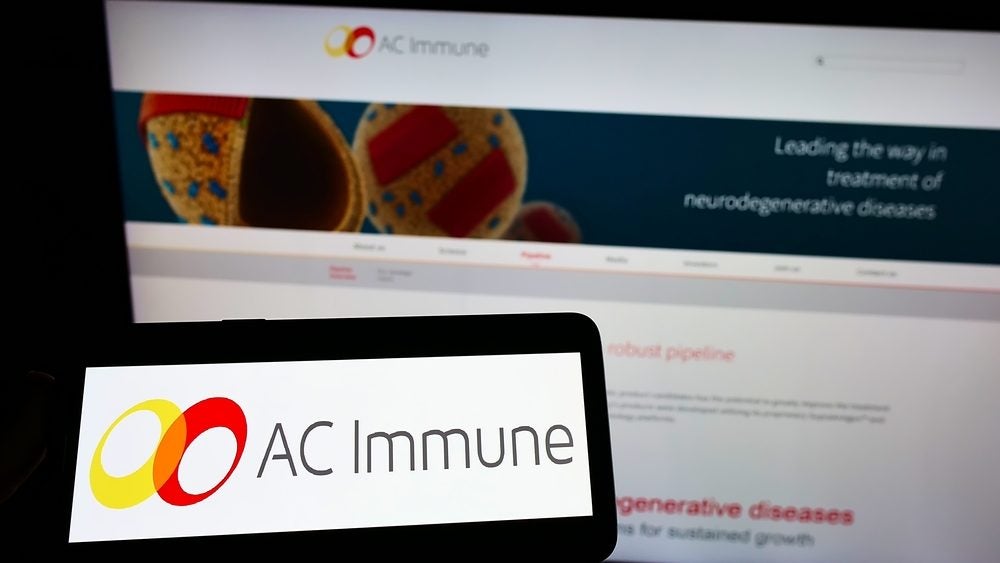After the extreme unpredictability of 2020, the world is now looking at 2021 with the hope to return to a certain normality sooner rather than later. But patience may become the buzzword of 2021 as all aspects of normal life continue to be disturbed by the COVID-19 pandemic. For the healthcare sector, 2021 will be a year of constant adjustment, with many implications in terms of strategic planning, market access, and geopolitical influence. In this blog, our team is pleased to share its top 10 predictions for the sector in 2021 and beyond.

- Risk of cost-containment: Healthcare spending will again remain elevated in 2021 as countries maintain efforts to contain the COVID-19 pandemic. Investment in vaccines and hospital care will remain high, and that means public purse strings will be tightened as soon as we return to some form of normality.
- Pressure on prices: After the unprecedented level of public funding invested in pharmaceutical R&D, governments will expect a ”return on investment” with significant price reductions likely to be required from drug and vaccine makers.
- Messenger RNA (mRNA) technology comes of age: With the approval of the first mRNA vaccines from Pfizer (US)/ BioNTech (Germany) and Moderna (US), the future of mRNA technology looks bright, both for vaccines and other therapeutic areas.
- Chinese biotech ambitions continue to rise: With the race to develop a COVID-19 vaccine, we are just seeing the tip of the iceberg of what China can do in the biotech space. In particular, local startups are set to bring CAR-T therapies to the market soon, with aggressive discount strategy set to represent a significant threat to competitors.
- Vaccine diplomacy: Healthcare is more than ever at the center of the geopolitical game. Various countries are using COVID-19 vaccines to forge alliances and gain worldwide influence. At the same time, the industry is facing a rise in protectionism and efforts to repatriate production away from countries that wield too much control over global active pharmaceutical ingredient (API) supplies.
- HTA in new territories: More weight will be given to drug cost evaluation in several EU countries, with 2021 also set to see an expansion of health technology assessment into new territories.
- Greater transparency around pricing and development costs: the transparency push is definitely a growing threat as countries increasingly refer to cross-border collaboration and sharing of pricing and cost information to improve affordability.
- International reference pricing (IRP) as key tool to manage drug prices: In 2021, all eyes remain on the potential introduction of IRP in the US and changes to IRP regulations in Canada. Other countries, notably in the Commonwealth of Independent States (CIS) countries, have also made significant progress towards introducing IRP as part of their drug pricing process.
- Environmental and sustainability standards emerging in drug procurement:. 2021 is set to confirm a growing interest for environmental, social, and governance (ESG) tender award criteria – notably in Europe. For the industry, this means increased scrutiny on their environmental footprint internationally.
- Compulsory licensing has re-emerged: The COVID-19 pandemic has rekindled the controversial question of compulsory licensing, with concrete threats to intellectual property rights for innovative firms.









Related Company Profiles
Pfizer Inc
Moderna Inc
BioNTech SE